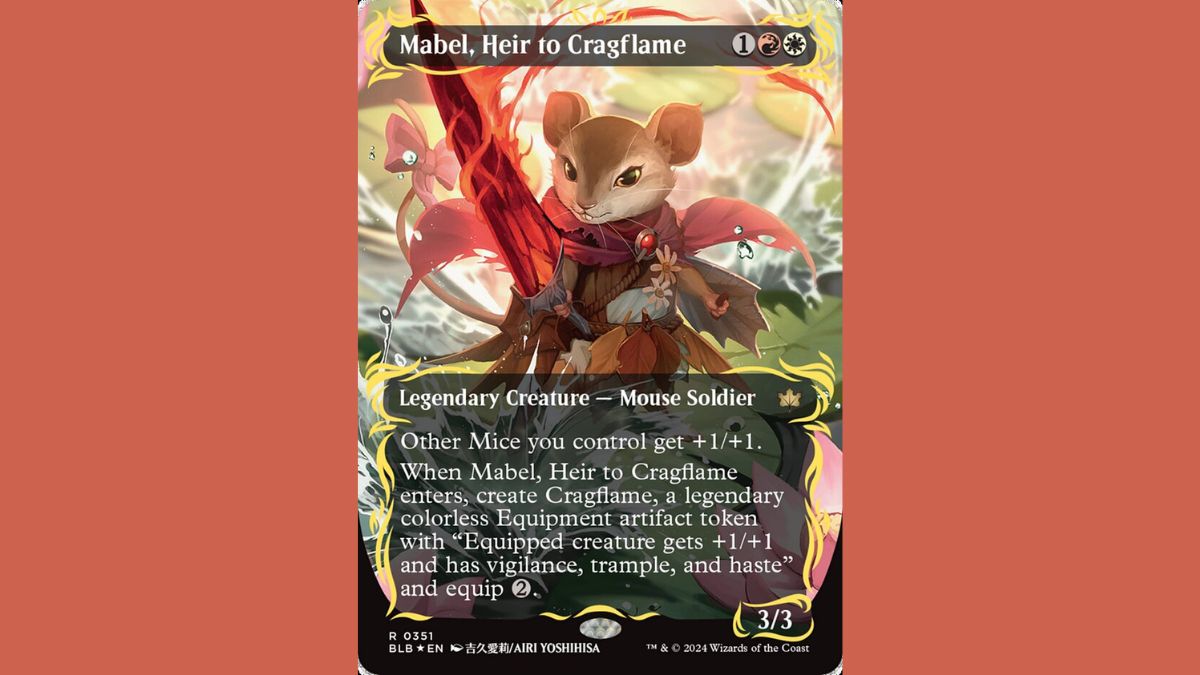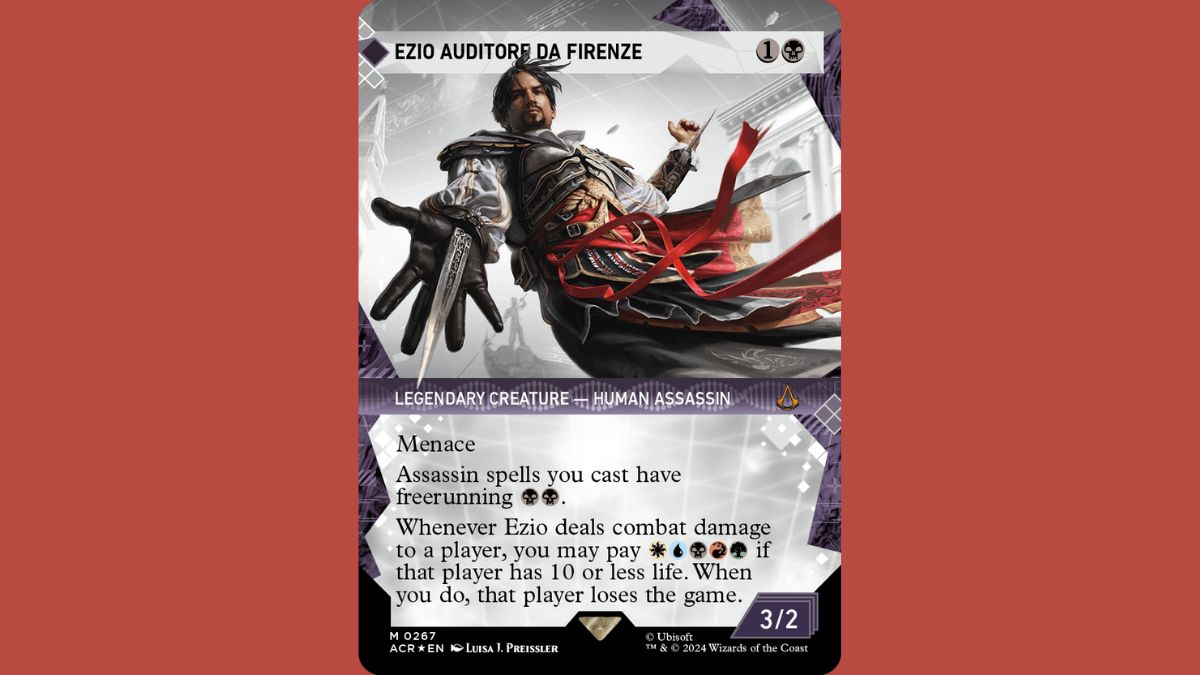While it might seem unimportant at first, the card sizes and dimensions for Magic: The Gathering cards are actually critical to competitive play and fairness within the community. They not only help to avoid cheating, but they also prevent you from getting scammed.
MTG cards are designed to be a specific size and weight to help protect fans who buy and sell them but also ensure the competitive scene stays free of any cheating. Markedly different cards can have a serious impact on a game, making it difficult to tell what the card does or if the text has even been altered to give a player an advantage through a completely fake rule. If you’re buying, selling, or playing with MTG cards, it’s worth checking if they’re the right size and shape to avoid a humiliating loss.
What are the official MTG card sizes and dimensions for competitive play?

According to Wizards of the Coast, the official MTG card sizes and dimensions for competitive play are 2.5 inches (6.3 cm) by 3.5 inches (8.8 cm). While foil cards are slightly thicker, most cards are 0.012 inches (0.305 mm) in thickness and weigh between 1.7 and 1.8 grams.
However, there are a few exceptions to these sizes and dimensions. For example, printing errors can create cards that are slightly larger and heavier. The 1997 MTG Vanguard set’s Vanguard cards are all 3 inches (7.6 cm) by 5 inches (12.7 cm), meaning they’re all larger but are technically tournament-legal. These get set aside at the start of a game, so they’re more of a gimmick and don’t impact the rest of the game that much.
When it comes to these exceptions, they generally need to be revealed to both the judges and the opponent before a game even starts. If both players agree that a card isn’t fake and can be used for a specific purpose, then, most of the time, it can be.
Obviously, this isn’t always the case, but when it comes to proxies and cards of that type, the general rule of thumb is that as long as you’re upfront about them with your opponent and agree to work with them in your game, they’re fine.
Why do MTG cards have to be a specific size and weight?

The reason MTG cards must conform to specific dimensions, size, and weight is because it’s considered marking if they don’t. Card marking is illegal in competitive play because it gives you an unfair advantage over your opponent.
You could compare this to drawing a black line on the back of a powerful card or one you know you need for your planned strategy. If you’ve got a hand that allows you to get your card, if you know that it’s potentially only five cards deep in your deck, that’s unfair on your opponent who doesn’t know where their cards are in their deck.
Furthermore, a weighted card, or one that’s slightly bigger than the rest, could make it easier to pick out in cases where your opponent gives you a set of face-down cards to pick from. There are several strategies where bigger cards can be of help in a game, which is why all cards must stick to the outlined sizing.
Another advantage of this strict rule on card sizes is that it makes it harder for anyone to create fake cards and sell them for a profit. This could become a real problem, especially with cards like the One of One Ring from the Tales of Middle-Earth set. If cards didn’t have a set weight, even for foil versions, then it would be far too easy to fake rare cards for a profit.













Published: May 18, 2024 02:10 pm